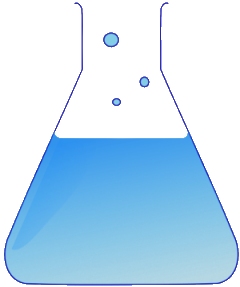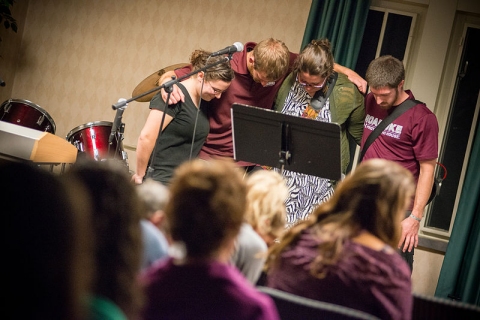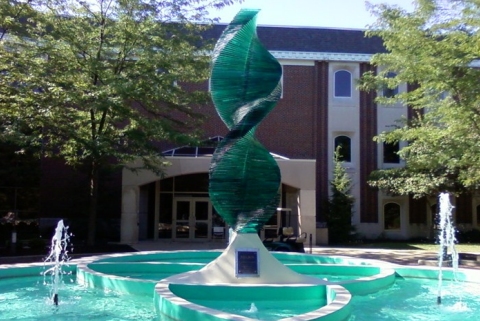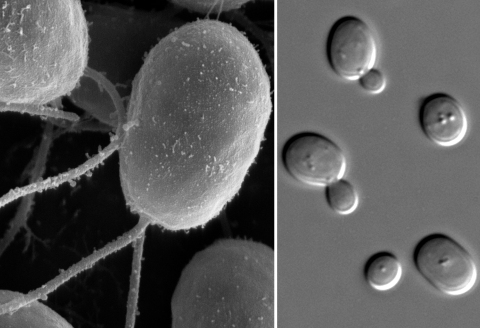NOTE: If you happened onto this link first, it was a preliminary review based on only three modules. The full review is now available.

Now please understand that I haven’t seen the entire updated course yet. Although Apologia’s catalog indicated the new course would be available in July, they have delayed the release of the book. To help families who plan to use the new edition for this academic year, they have posted the first three modules of the course online. That’s what I have reviewed. There were 16 modules in the original course, and assuming this holds true for the new edition, that means I have reviewed only about 3/16 of the course.
In addition, please understand that since I wrote the original course, I am probably not as objective as I would like to be when evaluating the new edition. After all, I wrote what I thought was the best explanation of general chemistry that I could possibly give. Perhaps I can’t be satisfied with any update. However, I was very satisfied with the update of the Human Anatomy and Physiology course that I co-wrote, so I really hope I am being as objective as possible. I am certainly willing to believe that there’s a better way to teach chemistry than what I developed. I just don’t think this is it.
Finally, I have to say that I know one of the authors of the new edition personally (Rusty Hughes), and I consider him to be an excellent teacher. I also really like him as a person. I don’t want him (or the other author, who I do not know) to take offense. It’s just that many people have asked for my thoughts on this new edition, and I feel compelled to write them.
Continue reading “Exploring Creation with Chemistry, 3rd Edition: My Initial Thoughts”







